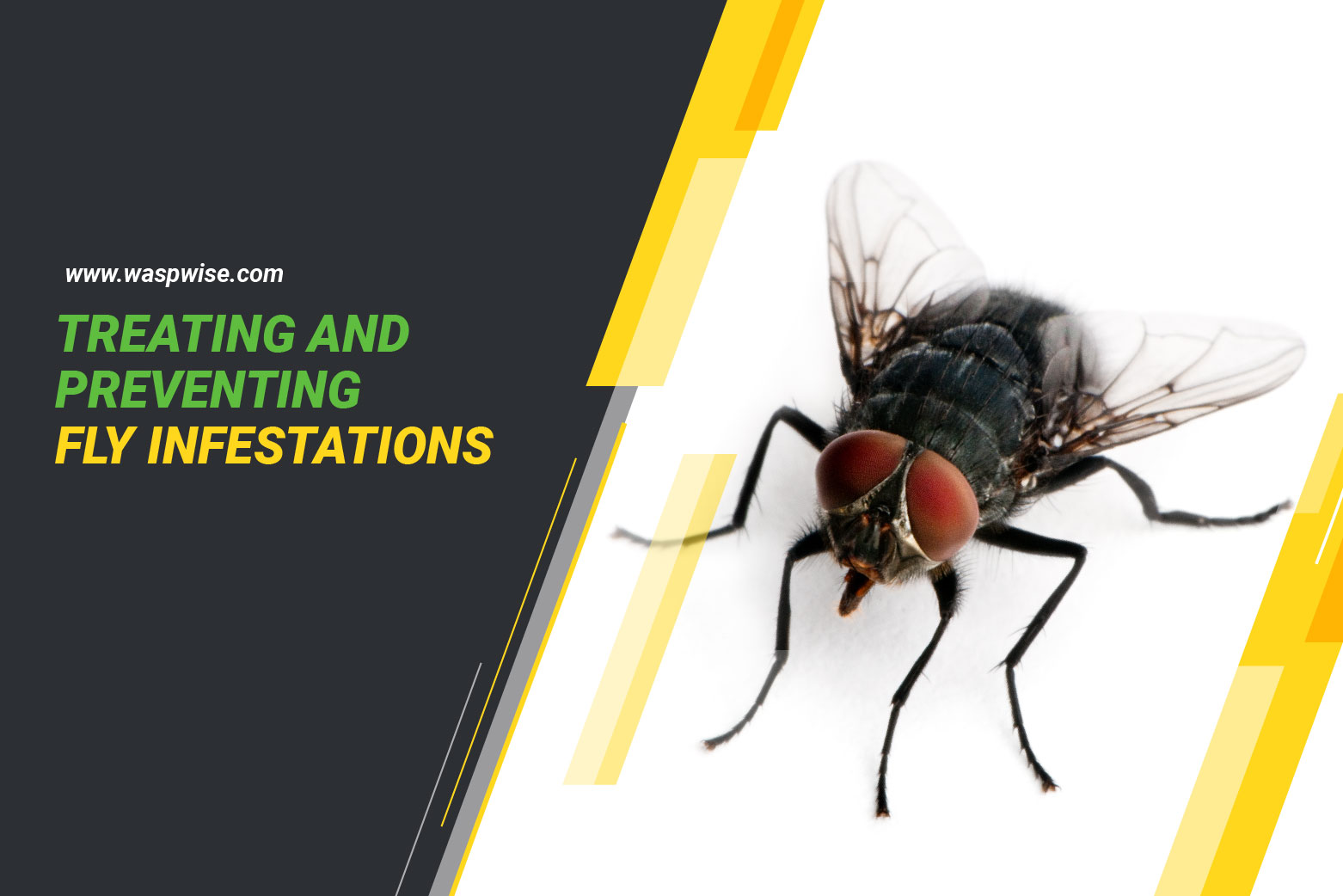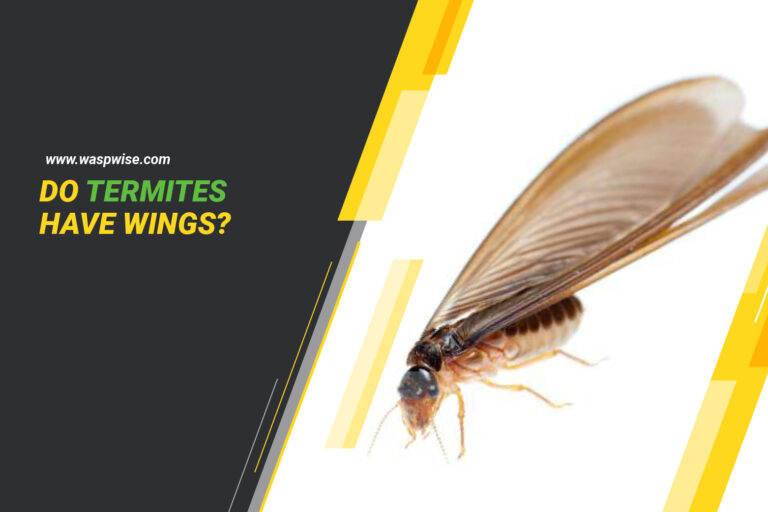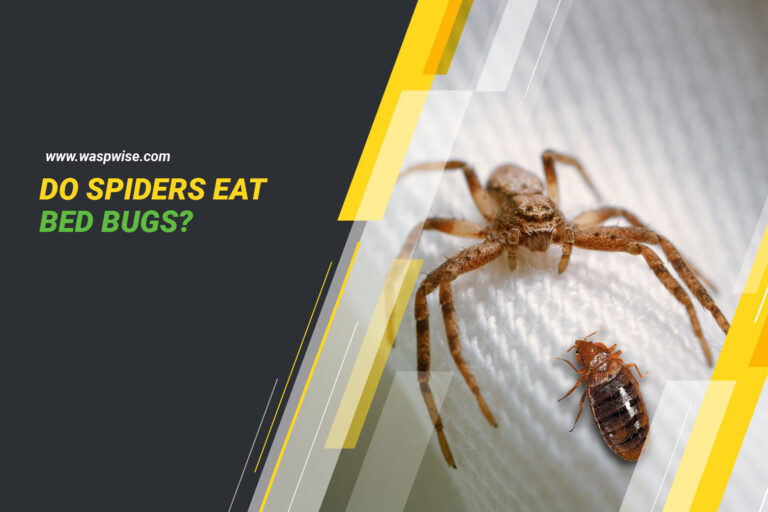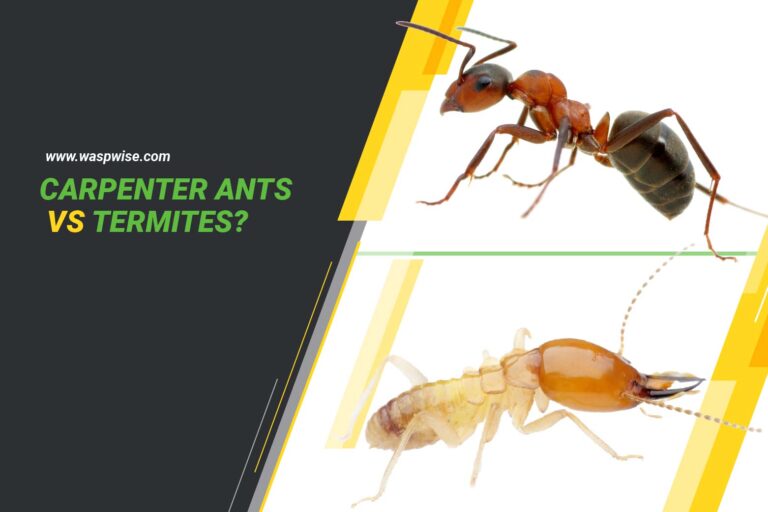YOUR GUIDE TO PREVENTING AND TREATING FLIES
Flies can be a nuisance in both residential and commercial spaces, and dealing with a fly infestation can be frustrating. These buzzy insects annoy us with their constant presence and pose health risks as they carry disease-causing bacteria.
How to Identify Flies
Flies are small insects with two wings, a pair of large compound eyes, and a mouthpart designed for sponging up liquids. They come in various species, but the most common types you’re likely to encounter are house flies, fruit flies, and blow flies.
House Flies.
House flies are gray in color, measure about 4 to 7 millimeters in length, and have four dark stripes on their thorax. They are attracted to human and animal waste and are often found in kitchens, garbage areas, and livestock facilities.
Fruit Flies
Fruit flies are small, usually measuring around 3 millimeters. They have a tan or yellowish-brown body with red eyes. Fruit flies are attracted to overripe fruits, fermenting liquids, and sugary substances. You’ll commonly find them around fruit bowls, trash cans, and bar areas.
Blow Flies
Blow flies are slightly larger, ranging from 8 to 20 millimeters. They have a metallic blue or green body with a glossy appearance. Blow flies are attracted to decaying organic matter, such as dead animals and rotting food. They often infest garbage bins, compost piles, and outdoor areas.
Life Cycle of Flies
Flies undergo a four-stage life cycle: egg, larva (maggot), pupa, and adult. The length of each stage can vary depending on the species and environmental conditions.
I. Egg
Flies typically lay their eggs in organic matter such as food waste, manure, or damp soil. House flies can lay up to 150 eggs at a time, while fruit flies lay their eggs on the surface of fermenting substances.
II. Larva
Once the eggs hatch, they develop into larvae, also known as maggots. Maggots feed on the organic material where they are laid and go through several molts as they grow.
II. Pupa
After the larval stage, maggots pupate and transform into the pupal stage. During this phase, the fly develops inside a protective casing called a puparium.
II. Adult
Finally, the adult fly emerges from the pupal casing and becomes capable of reproduction. The lifespan of an adult fly varies depending on the species and environmental conditions but generally ranges from a few weeks to a couple of months.
Common Causes of Fly Infestations
Several factors contribute to fly infestations. By addressing these causes, you can minimize the risk of an infestation and create an environment that is less appealing to flies.
Poor sanitation: Flies are attracted to unsanitary conditions, such as uncovered food, garbage, and dirty surfaces. Regularly clean your living or working areas, dispose of waste properly, and keep food covered to eliminate potential breeding and feeding grounds.
Moisture: Flies are attracted to moisture and damp environments. Leaky pipes, standing water, and excess humidity can create ideal conditions for flies to thrive. Fix any water leaks, ensure proper drainage, and reduce humidity levels in your space.
Unsealed entry points: Flies can enter your property through small cracks and openings in doors, windows, and screens. Seal these entry points to prevent flies from gaining access to your indoor spaces.
How to Prevent Fly Infestations
Preventing fly infestations is crucial for a clean and healthy environment. Here are some effective measures to minimize fly invasions:
Proper waste management: Dispose of garbage regularly and use tightly sealed trash cans. Keep outdoor bins away from entrances and ensure they have tight-fitting lids.
Cleanliness: Maintain cleanliness in your surroundings, particularly in kitchens and dining areas. Clean up spills promptly, wipe down surfaces regularly, and sweep or vacuum floors to remove any food debris.
Food storage: Store food in airtight containers or refrigerate it to prevent attracting flies. Pay special attention to fruits, vegetables, and other perishable items.
Screening: Install screens on doors and windows to prevent flies from entering your property while allowing fresh air to circulate.
Eliminate standing water: Remove any standing water sources, such as stagnant pools or water-filled containers, as they can attract flies for breeding.
Treating Fly Infestations
Despite your best efforts, fly infestations can still occur. If you find yourself dealing with a fly problem, here are some effective methods for treating and controlling infestations:
Fly traps
Set up fly traps in areas where flies are commonly found. There are various types of traps available, including sticky traps and baited traps, which attract and capture flies.
Insecticides
Use fly sprays or insecticides designed specifically for fly control. Apply them in accordance with the instructions and only in areas where it is safe to do so.
Professional pest control
Consider hiring a professional pest control service if the infestation is severe or persistent. They have the expertise and tools to eliminate fly infestations and provide long-term solutions effectively.
Source removal
Identify and remove the breeding and feeding sources that attract flies. Clean up spills, dispose of rotting organic matter, and seal any entry points where flies might be gaining access.
Flies Control FAQs
Q. Can flies infest my home in winter?
A. While flies are more active in warmer months, certain species, like house flies, can survive indoors during winter if they find suitable conditions.
Q. Are natural remedies effective against flies?
A. Some natural remedies, such as vinegar traps or essential oil sprays, may provide temporary relief. However, their effectiveness varies and may not be as potent as commercial insecticides.
Q. Are there any long-term solutions or preventive measures that can be taken to ensure flies do not return?
A. Yes, long-term solutions include maintaining good sanitation practices, such as regular cleaning and proper waste management. Sealing gaps and cracks, installing screens on doors and windows, and ensuring proper ventilation can help prevent fly entry. Additionally, addressing any underlying structural or sanitation issues can significantly reduce the likelihood of fly infestations.







